The Olympics is a celebration of the human spirit, where men and women from around the globe gather to test their skills and determination, experiencing triumph, despair, and camaraderie.
The host of this celebration is the Olympic Stadium; the focus of activity. Competitors and audience members alike have come to expect the best facility to give them the most enjoyable time.
“It’s about theater, it’s about performance, it’s a magical moment in time,” said Janet Marie Smith, an expert on stadium design currently based in Los Angeles.
The common stadium accommodates regular events for a local culture. The Olympics, however are temporary; by nature they move from one country to another. “It doesn’t lend itself to permanent architecture,” said Smith.
The challenge—to the host country and the chosen architects—is to: accommodate large Olympic audiences; create the desired atmosphere for the event; represent the host culture, while still being environmentally appropriate and fitting for post-Olympic needs.
Atmosphere
Creating atmosphere is crucial to ensure a lively and engaging event and a memorable experience. Good event organization and athlete performance will draw the attention of the crowds, however it is the stadium design that can heighten the atmosphere.
“All fans of all sports appreciate the intimacy that is provided when seats are close to the playing field,” said Smith. “It generates more fan energy, keeps your interest and enhances the overall sense of community.”
That is exactly what the Populous design has achieved. By tightening the usual seating arrangement the audience is closer to the action.
“This then helps to generate noise in the stadium from the crowd cheer, which in turn helps the athletes perform. The intimacy propels the athletes,” said Philip Johnson, principal at Populous London, the architectural firm that designed Olympic stadium.
Host Culture
The Olympics is very much an opportunity for the host country to show off its culture, its cities, and its significant places. The Populous design team set out to orient the Olympic venues throughout London in a way that would best showcase the city to the rest of the world, Johnson said.
The beach volleyball arena was strategically placed on Horseguards Parade—a storied square in the heart of London’s Westminster. The arena brought attention to the government district while taking advantage of the classical architecture backdrop.
The Olympic Stadium was placed at the head of the Olympic park, which was in turn craftily located in Stratford, in close proximity to the city centre. The stadium is well suited to the London context, “This is a very confident design, which reflects the confident city that London is; we didn’t feel we needed to do anything particularly flash,” Johnson said.
Johnson isn’t alone, it seems architects around the world have taken by the design.
“The stadium is very British in a way,” said Nico Kienzl, architecture lecturer at Columbia University in New York City. “They have a tradition of incredibly lightweight steel structures… I thought it was quite beautiful and unique to London; and appropriate.”
While the cultural and aesthetic sensibility is admirable, what has really captured global attention is the responsible approach to the building life cycle.
Sustainable Design
A basic tenet of sustainable design is to only build what is needed. Johnson described how they set out to “only build permanently, that which the city can support permanently.” All venues that did not have a future need were designed for temporary use and slated to be disassembled.
The London centrepiece adopts this approach. However, this is not an entirely new concept. The 1996 Atlanta Olympic Stadium/Turner Field was used to solve a need for local baseball, describes Janet Marie Smith who worked on the design.
It was an 80,000 seat stadium for 3 months and then it was transformed to a 50,000 seat venue for baseball, she said. The other 30,000 seats were temporary to begin with, so they was easily dismountable and the stadium moved into its second life.
The Sydney 2000 stadium, also designed by Populous, was reduced from 110,000 to 80,000 seats post-Olympics.
The London design team has taken this concept and applied it on a significantly larger scale. London has a long-term need for a 25,000-seat athletic stadium, so this portion of seats was built to stay. They were sunk into the ground to reduce the usual building materials required for an above-ground structure.
The remaining 55,000 seats where constructed with a lightweight steel structure designed to be disassembled for reuse and recycle post Olympics.
Temporary structures are generally lightweight and they do not require as much building material. There are typically simply designed, the structural elements are made in a factory and assembled on location in a relatively short period of time, reducing construction costs and lessening noise pollution for locals.
A number of the structures will also be reused in other facilities across England. Other materials will be recycled.
“I think it is a big achievement, because it’s a really significant shift in thinking. Often these stadia in the past have been built and become these enormous structures that were really ill-suited for post-Olympic use,” said Nico Kienzl, director of Atelier Ten, an environmental design consultancy firm in New York. “I think it is setting a benchmark, to see this can be done in a way that is really attractive to the audience and works really well as a sporting venue.”
Janet Marie Smith agrees with Kienzl, “Los Angeles’ beautiful 1932 Olympic stadium, while it served two Olympics, it’s still struggling to find a foothold in the U.S. sea-side community 80 years later.”
The architects also showed ingenuity by seeing what was needed, what the industry had, and then adapting to work with it. Surplus steel that was originally intended for a Russian pipeline was included. “We had to adjust it slightly, but it worked,” said Johnson. The team located some other useful parts to the puzzle “Large blocks of granite were used in the landscaping from the London dock.”
This sustainable approach taken on such a large scale at this global event is a substantial leap forward, not only for stadium design but for architecture across the board. “I think London has done the best job yet,” said Smith.
Johnson spoke with confidence for the future. “I feel like we’ve sort of started a journey… I suspect people will even take it further.”
The 2012 London Olympic Stadium has been short listed for the Royal Institute of British Architects Stirling Prize. The award is presented to the architects of the building that has made the greatest contribution to British architecture throughout the year. This year’s prize will be awarded on October 13.
Populous is also designing the main Olympic stadium for the 2016 Rio games.
The Epoch Times publishes in 35 countries and in 19 languages. Subscribe to our e-newsletter.
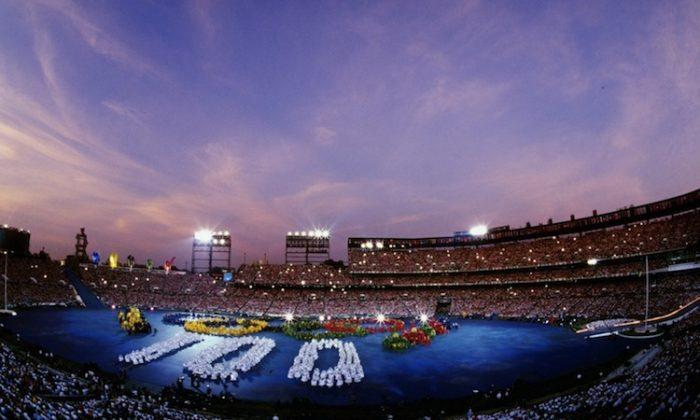
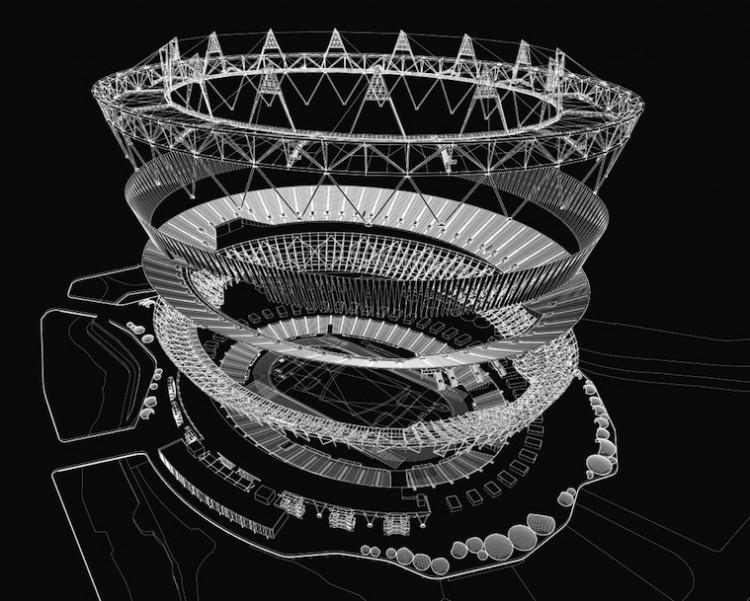
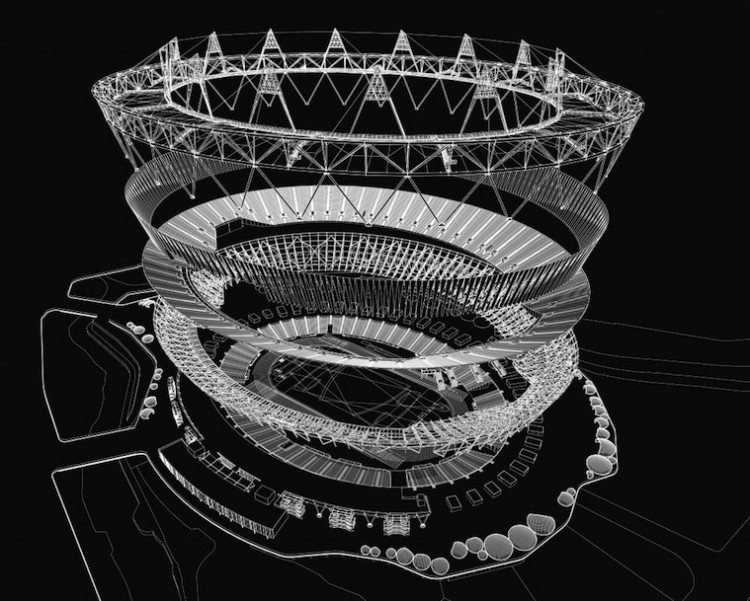
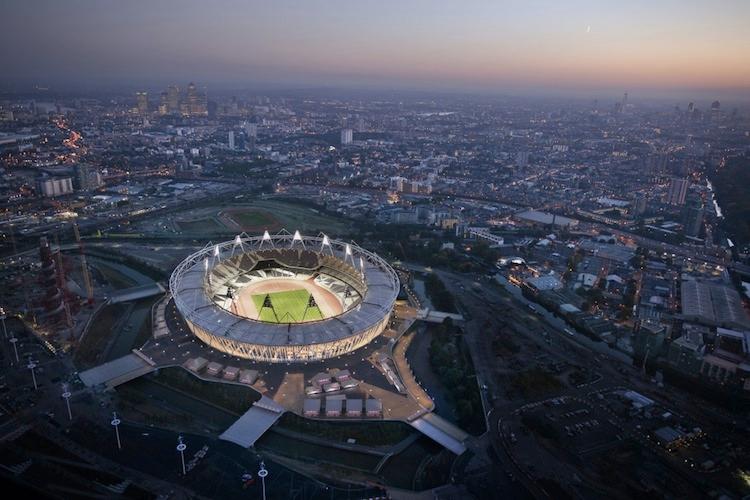
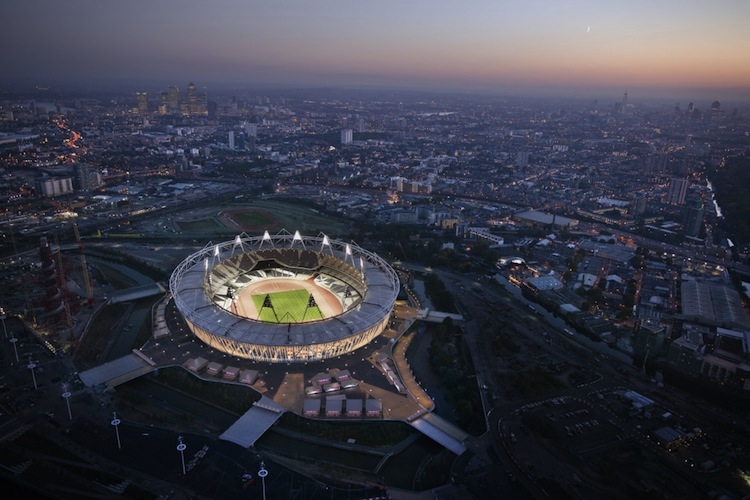
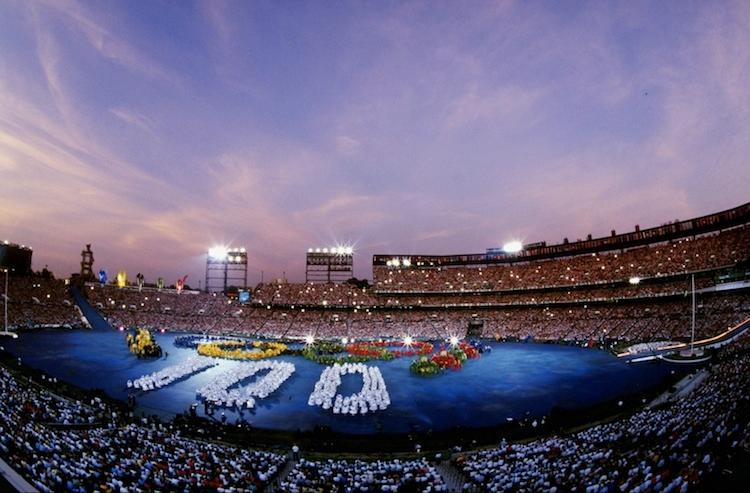
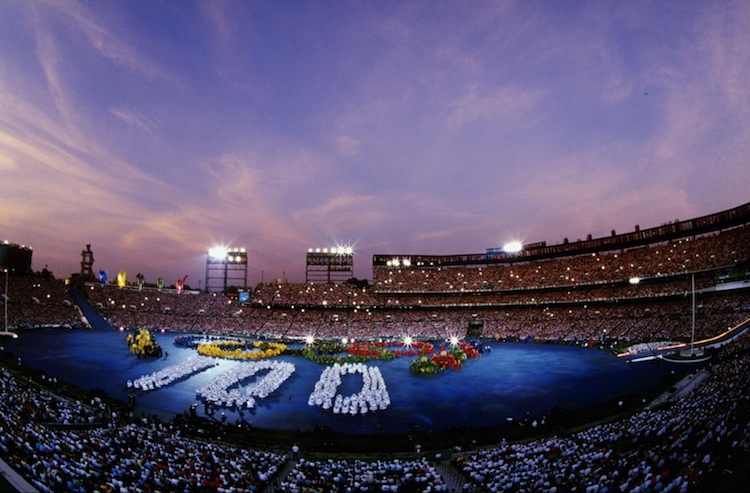
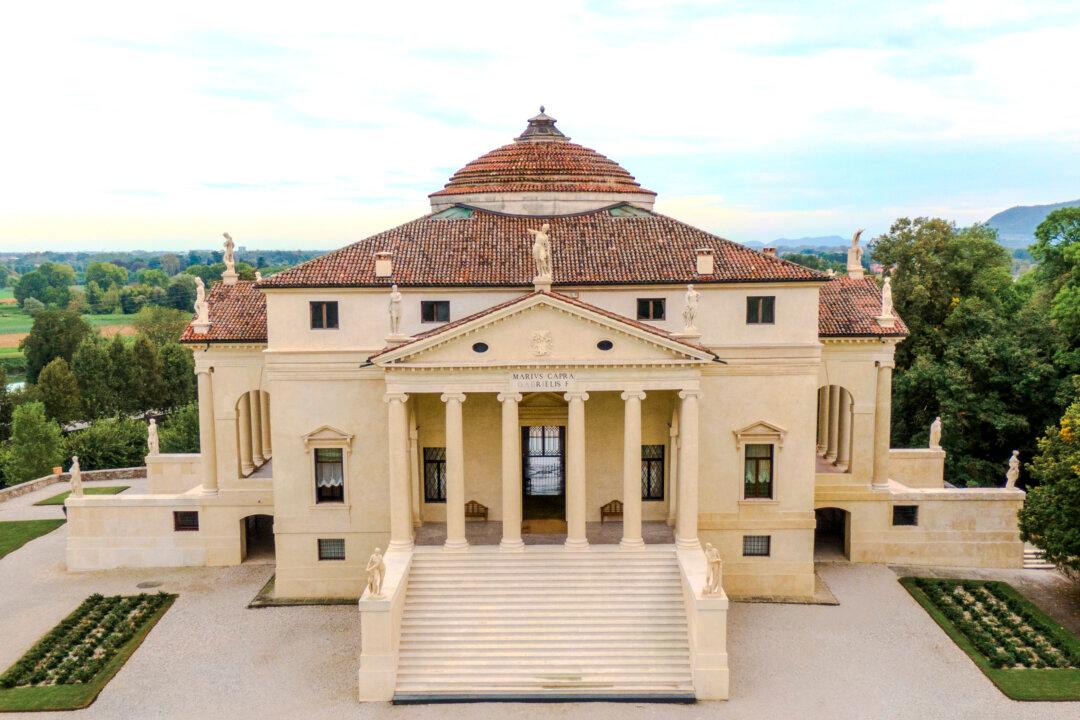

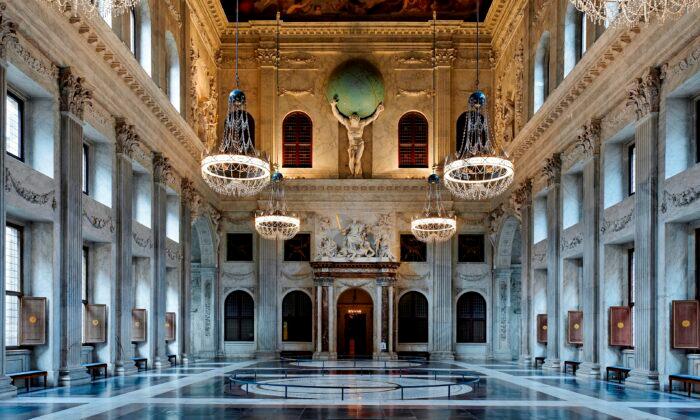

Friends Read Free